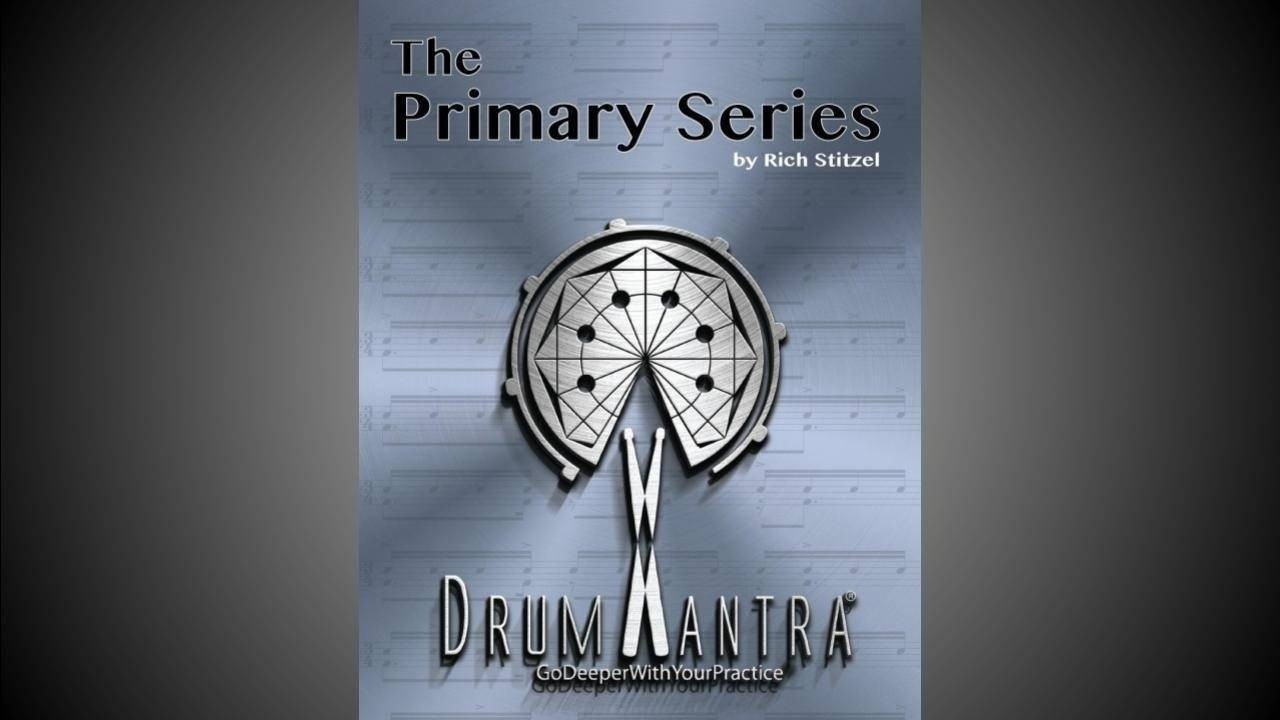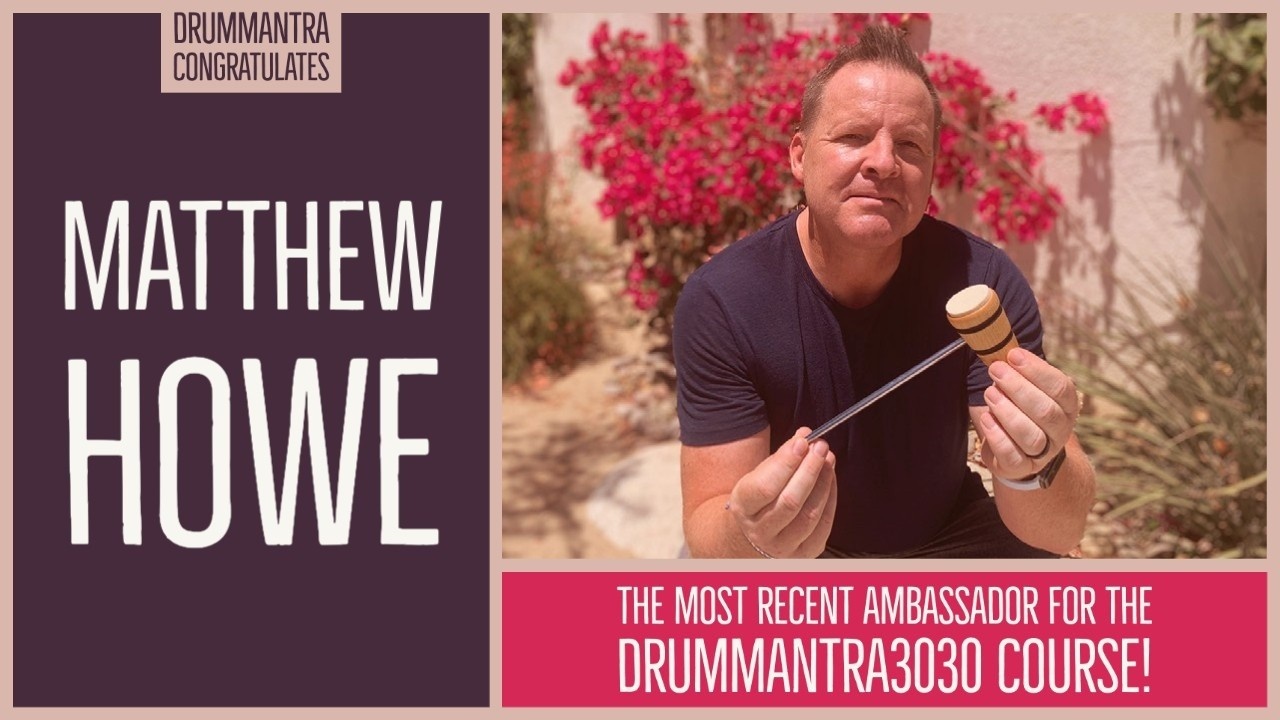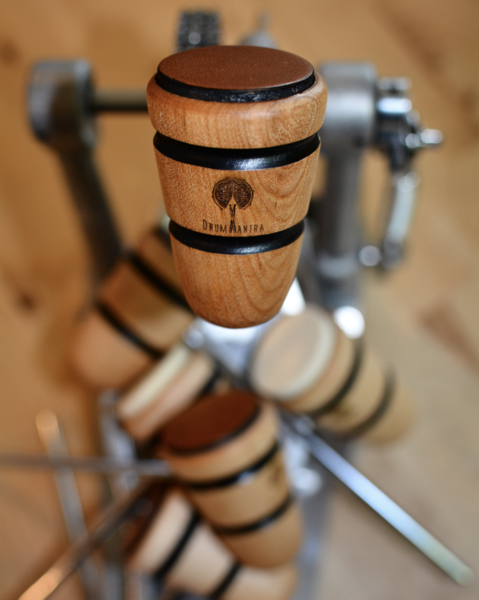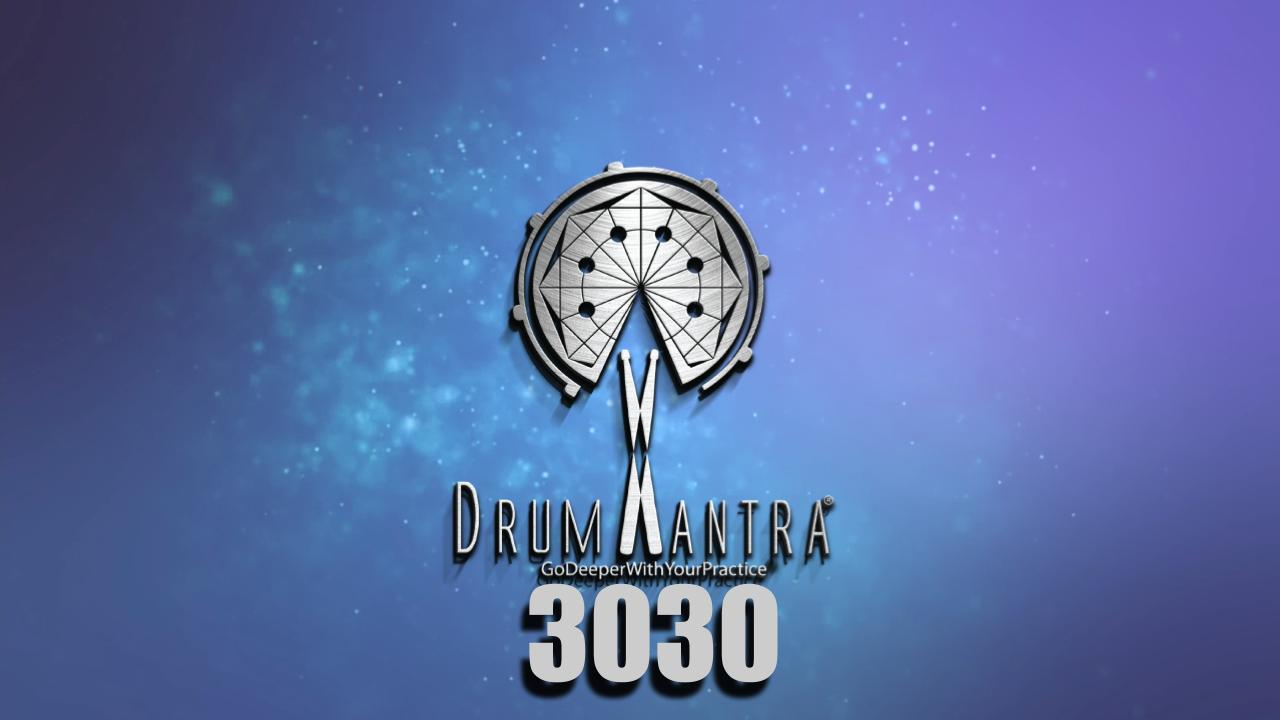Weekly Schedule of Events

The DrumMantra online practice sessions have been amazing in 2022!
We are only just starting week 3 and have already had 77 drummers attend! This is going to be a great year of practice so make sure you have the times on your calendar and join us ASAP!
This week is very special. This is the week we have the great ED SOPH as our guest on the DrumMantra Masters Series.
Ed is considered to be one of the greatest drumset educators of all time, as well as one of the most musical and powerful big band and small group drummers of all time.
If you know Ed, you know how big of a deal it is, and you will be at this masterclass. You will also spread the word and encourage every drummer you know to be there!
If you don't know anything about Ed - do yourself a HUGE favor and check it out. I promise your mind will be blown by what he has to say.
REGISTER NOW FOR ED'S MASTERCLASS
This week at DrumMantra:
Monday, January 17:
6pm Lesson of the Month (ADVANCED CLASS) register for FREE he...
We Have Your New Year's Resolution Covered

Every year around this time WE ALL start thinking about how we're going to make the new year even better. You may even start to make lists:
- Practice smarter.
- Get more gigs.
- Get better gigs.
- Play more sessions.
- Yoga.
- Drink more water.
- Eat healthier.
- Take walks.
- Less time on social media.
I'm sure your list probably looks like mine. No matter where you are on your journey, there are always things you can do better, more efficiently, and more effectively.
I have spent the past decade creating a practice system that will provide you ample opportunity to work on material that will absolutely make you a better musician - regardless of what level you are at currently.
DrumMantra is all about practice. It's about practicing things that improve your time, reading, coordination, polymetric awareness, phrasing, and groove.
DrumMantra is also about developing mental skills like concentration, patience, awareness, and understanding.
I personally invite you to join us on a journey...
Paul Wertico Masterclass!

PAUL WERTICO
Improvisation Essentials: Expanding Your Creativity
>> December 19, 2021. 1:30pm-3:00pm <<
- Seven-Time Grammy Award Winner
- Readers Poll Winner, Modern Drummer Magazine
- Readers Poll Winner, DRUM! Magazine
- Chicago Tribune 2004 "Chicagoan of the Year"
- Associate Prof. of Jazz Studies, Roosevelt University
- Recipient "Life Time Achievement Award", Cape Breton International Drum Festival
- Recipient "Life Time Achievement Award", Montreal Drum Festival
- Board of Governors, The Recording Academy Chicago Chapter
- Education Committee, Jazz Institute of Chicago
"I believe that when we practice, we open up channel...
Bryan O'Flynn of Austin, TX is the newest DrumMantra3030 Ambassador!

CONGRATULATIONS ARE IN ORDER!
The ninth person to successfully complete "Day 30" of the DrumMantra3030 course is Mr. Bryan O'Flynn from Austin, TX!
Bryan will be receiving a custom DrumMantra Low Boy Custom Beaters for his focused practice and perfect execution of the final challenge in the 3030! His hard work paid off big time!
“Rich, DrumMantra, and the 3030 course have opened up so many doors in my playing that I didn’t think were possible in such a short amount of time.
The 3030 course alone is a game-changer for any serious student of the instrument. I’m so thankful to have come across such a...
The Primary Series Practice Sessions!

On January 30, 2021, we began a weekly online practice session based on the first book in the DrumMantra collection, The Foundational Series. I devised a way for it to take 26 hour-long sessions to go through the book in its entirety. We are currently on Week 17 of the second round right now - but anyone can jump in at any point because PRACTICE IS PRACTICE.
For several years the students in the DrumMantra Lesson Vault have been asking me to either create another course like the 3030 or a practice session for my second book, The Primary Series.
Whereas the Foundational Series has three sections, the Primary Series has eleven, making it a bit more challenging to figure out how to present the material in a linear fashion that is cohesive and logical.
I finally sat down a few weeks ago and started mapping it all out, putting pages in order, creating play-alongs, etc. in preparation for what is now the THIRD live weekly practice session that we are now doing at DrumMantra.
I'm thrille...
Zappa Band & King Crimson Concert

Some reflections from the Zappa/Crimson show last night:
The Zappa Band:
They were insanely tight and played some very challenging material. Even though I spent many years listening to his music, it was the first time I had seen anything Zappa live (I know, I know...)
When I was watching Mike Keneally doing everything at an unbelievable level I suddenly remembered when I got called to do percussion overdubs on one of his records about 8 years ago but was out of town. I thought about that for a while during the show. (Thanks to Kris Myers for that call way back when)
It is so fun and incredible to watch Scott Thunes, and I could listen to Ray White sing all night. I was definitely giddy seeing Robert Martin and thinking back to all the video footage I had seen of him with Zappa.
When they played Peaches en Regalia I turned to Shana and said, "when Chris Siebold was directing the guitar ensemble at Elmhurst College about 15 years ago, they were recording this tune and on the morning of the se...
DrumMantra Podcast Ranks in Top 5% of all Podcasts in the World!

Yesterday, June 13, I was notified that the DrumMantra Podcast was named one of "The 20 Best Music Theory Podcasts of 2021" by Welp Magazine. This is the third year in a row that another site has named the podcast in the category of "must listen." I thank Welp Magazine for finding me, and for including me on their list of music theory podcasts for 2021!
Receiving the email from Welp led me down the rabbit hole of podcast metrics which ultimately landed me on a stats page that ranks all the podcasts in the world. All 2,472,245 of them. I was quite surprised, yet thrilled to learn that the DrumMantra Podcast is in the top 5% most popular shows in the world!
If you are an avid listener of the podcast, I must apologize for not being as consistent as you may wish. There are certainly times where I am able to get an episode out, on time, each week. I love those times. There's nothing better than getting to cross something off the "to do" list. And there are also times that I either get too...
Matthew Howe of Palm Desert, CA is the newest DrumMantra3030 Ambassador!

CONGRATULATIONS ARE IN ORDER!
Dan Weiss Style and Analysis
When I heard Dan play this fill the other day, I knew I had to do something "DrumMantra" with it. Please enjoy this style and analysis breakdown based on my own approach to education.
This fill will be part of Dan's upcoming online course and book and I am very grateful that he granted me permission to present my approach to studying his genius.
The thing I found so intriguing about this fill was the subdivision. It is still fairly rare to hear polymetric groupings in drumming, and when you do the subdivision is usually sixteenth notes. To hear a 5:4 polymetric relationship as eighth note triplets is fantastic! What a brain-twister.
In this video, I break down the fill and then provide 12 exercises that will lead you down the path of being able to do this fill yourself.
Enjoy!
If you would like the downloadable pdf, individual play-alongs, and an interactive experience with this lesson you can visit the DrumMantra Lesson Vault where you will find nearly 100 hours worth of uniq...
Online Drum Intensive
8-Week/8-hour Online Drumming Intensive
Starting January 10, 2021
Join brush master, Anthony Stanislavski, and DrumMantra creator, Rich Stitzel, in an 8-week intensive that will inspire, motivate, and improve your playing!
Work in a group setting from home while Anthony & Rich guide you each step of the way.
In this 8-week/8-hour Online Drumming Intensive, you will meet with Anthony to work on brush techniques for an hour once a week AND you will meet with Rich for an hour once a week to work on timing, coordination, reading, polymeters, and grooves!
DrumMantra Intensive - 4 Week Course (Fortnightly Lessons)
This course will cover the six key aspects of becoming a great drummer.
Time. Reading. Coordination. Polymeters. Phrasing. Groove.
Course Outline:
Week 1: Warm-Up in 4, Reading in 4 part 1, Coordination part 1, Phrasing 1, Groove part 1.
Week 3: Warm-Up in 4, Reading in 4 part 2, Coordination part 2, Phrasing 2, Groove part 2.
Week 5: Warm-Up in 3, Reading in 3, Coordina...



